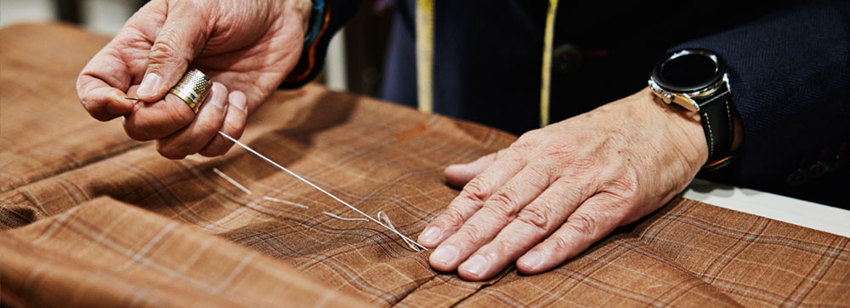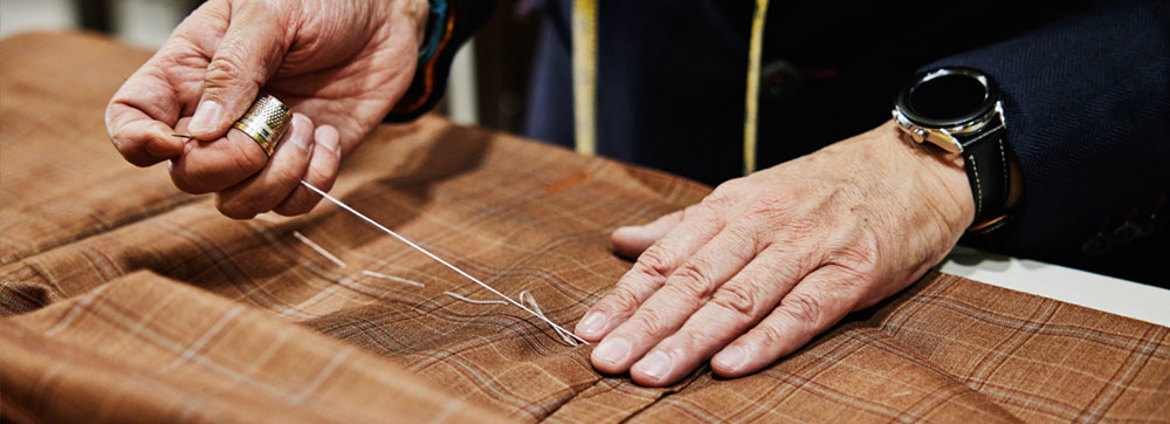For New Zealand fashion designers, the challenge is not just about being original but about making sure your creative threads don’t unravel in the hands of copycats. As we previously discussed, one minute your design is the belle of the ball, the next it’s popping up in a variety of online stores without your consent. So, how do you keep your designs from being ripped off? Let’s hem in the legal tools, practical tips and some cutting-edge tech – all with a dash of fashion flair.
Legal protection: Your wardrobe essentials
Just as every designer needs a good pair of scissors, every Kiwi creative needs to know their legal options:
- Copyright: Automatically protects original artistic works (like prints and graphics) under the Copyright Act 1994.
- Registered designs: The Designs Act 1953 lets you register the visual appearance of your products and is often a piece of intellectual property protection that is overlooked. Think of it as a security tag for your signature look.
- Trade marks: Under the Trade Marks Act 2002, you can protect your brand name, logo or even a distinctive pattern. It’s like putting your label front and centre.
- Consumer protection: The Fair Trading Act 1986 is your backup collection, stopping others from misleading or deceiving shoppers with knockoffs.
Practical steps: Sew up your strategy
Here’s how to keep your designs from being stitched up by someone else:
- Register designs and trade marks: It’s the legal equivalent of double-stitching, stronger, longer-lasting and harder to unpick.
- Document your creative process: Keep a scrapbook of sketches, mood boards and prototypes. If someone tries to copy your style, you’ll have receipts.
- Use copyright notices: Stamp your images and designs with copyright notices. It’s like sewing your name into every piece - ownership, loud and clear.
- Seek legal advice early: If you spot a copycat, don’t wait for the seams to split. Get an intellectual property lawyer on the case before things unravel.
Now, let’s talk about the latest accessories in your IP toolkit:
- Blockchain for authenticity: Registering your designs on a blockchain creates an unchangeable record of ownership and creates a timestamp for you. It’s the digital equivalent of a tailor’s label to prove you made it first.
- Online IP policies: E-commerce platforms are tightening up their takedown procedures. Know your rights and use them to snip away at infringing listings.
As an added bonus, protecting your designs isn’t just about keeping your look exclusive. It is also about promoting ethical, sustainable fashion. For fast fashion to exist, such businesses are known to take heavy inspiration, or fully copy, the designs of others or runway couture.
The final stitch
The New Zealand fashion scene is bursting with creativity but it’s also a battleground for originality. By weaving together legal know-how, practical steps and a touch of tech, Kiwi designers can keep their creations from being torn apart by fast fashion’s relentless pace. So, if you’re sketching in Ponsonby, remember that protecting your work isn’t just about keeping up with the trends, it’s about making sure your signature style stays yours, season after season.
Now that’s what we call a well-hemmed strategy!
This article was prepared by Sophie Thoreau (special counsel) and Amy Irvine (solicitor).



